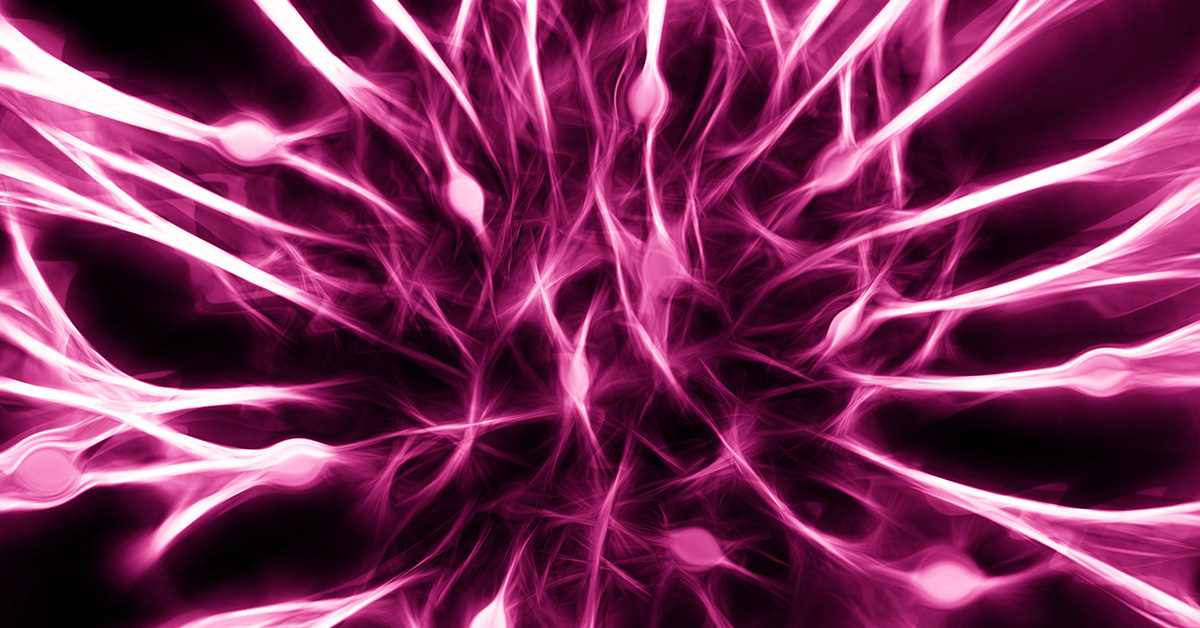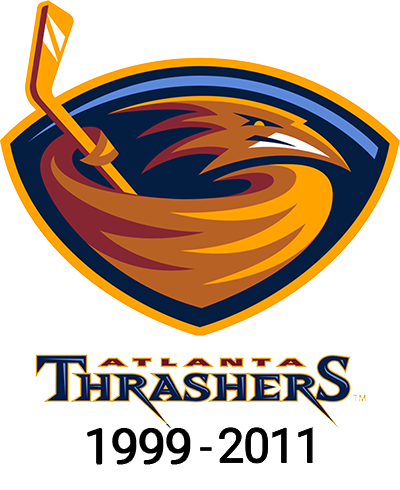Astrocytomas are a type of brain tumor that affect star-shaped cells in the brain. Read this article to learn more:
Astrocytoma

What is an Astrocytoma?
Gliomas are brain tumors that develop from supportive cells of the brain called glial or neuroglial cells. Astrocytomas are a type of glioma that develops from star-shaped cells, called astrocytes, in the tissues supporting the brain and spinal cord, although it's uncommon for astrocytomas to develop in the spinal cord.
Astrocytomas are classified based on their characteristics, often as low, intermediate, or high grade, based on their rate of growth or aggressiveness.
Astrocytomas are also graded on a four-tiered system that judges on the same characteristics but in order of 1 to 4, with 4 being the most aggressive. Grade 1 astrocytomas grow slowly and do not infiltrate nearby tissue, but they can grow very large. Grade 1 astrocytomas are rare, but they often respond to treatment. Grade 2 astrocytomas are like Grade 1 in that they grow slowly and can often be treated, but Grade 2 astrocytomas can infiltrate nearby tissue in the brain. Successful treatment of Grade 2 tumors depend on location within the brain, but untreated Grade 2 astrocytomas may become more aggressive. Grade 3 astrocytomas are more aggressive and invasive than Grade 2. Successful treatment of Grade 3 tumors, also called anaplastic astrocytomas, can be difficult. Grade 4 astrocytomas, also known as glioblastomas or GBMs, are the most aggressive, most invasive, most common, and most difficult to treat out of the four types.
What causes Astrocytoma?
A tumor is an abnormal growth caused by abnormal cell multiplication that does not serve any physiological function. Cell division is regulated by the tumor suppressor genes. These genes also help to repair any damage caused to the DNA. Tumor suppressor genes are constantly at war against the cancer-causing genes called oncogenes. When tumor suppressor genes fail to function properly due to mutations that affect protein encoding, unregulated cell division and growth can occur and cause the development of a tumor.
The body's natural defense system should optimally detect the abnormal cells and kill them. But tumors may produce substances that obstruct the immune system from recognizing the abnormality of tumor cells and eventually the tumor cells may overpower all internal and external checks to their growth.
The exact causes of astrocytomas are not yet fully known, but certain genetic conditions like neurofibromatosis may increase the likelihood of this condition.
Symptoms and Diagnosis
Astrocytoma symptoms vary depending on location, size, and type, but can include headaches, numbness, nausea, seizures, or weakness. Astrocytomas symptoms may also include cognitive or behavioral changes.
This condition may be diagnosed after a review of your medical history and a physical and neurological exam. Your doctor will use a biopsy or imaging studies like an MRI or CT scan in order to confirm the diagnosis and determine the best course of treatment.
How is Astrocytoma treated?
Successful treatment of astrocytomas depends on the level at which the tumor is classified, its location, and the patient's age and health. Treatment options may include radiation therapy, chemotherapy, or surgical removal.




